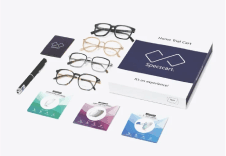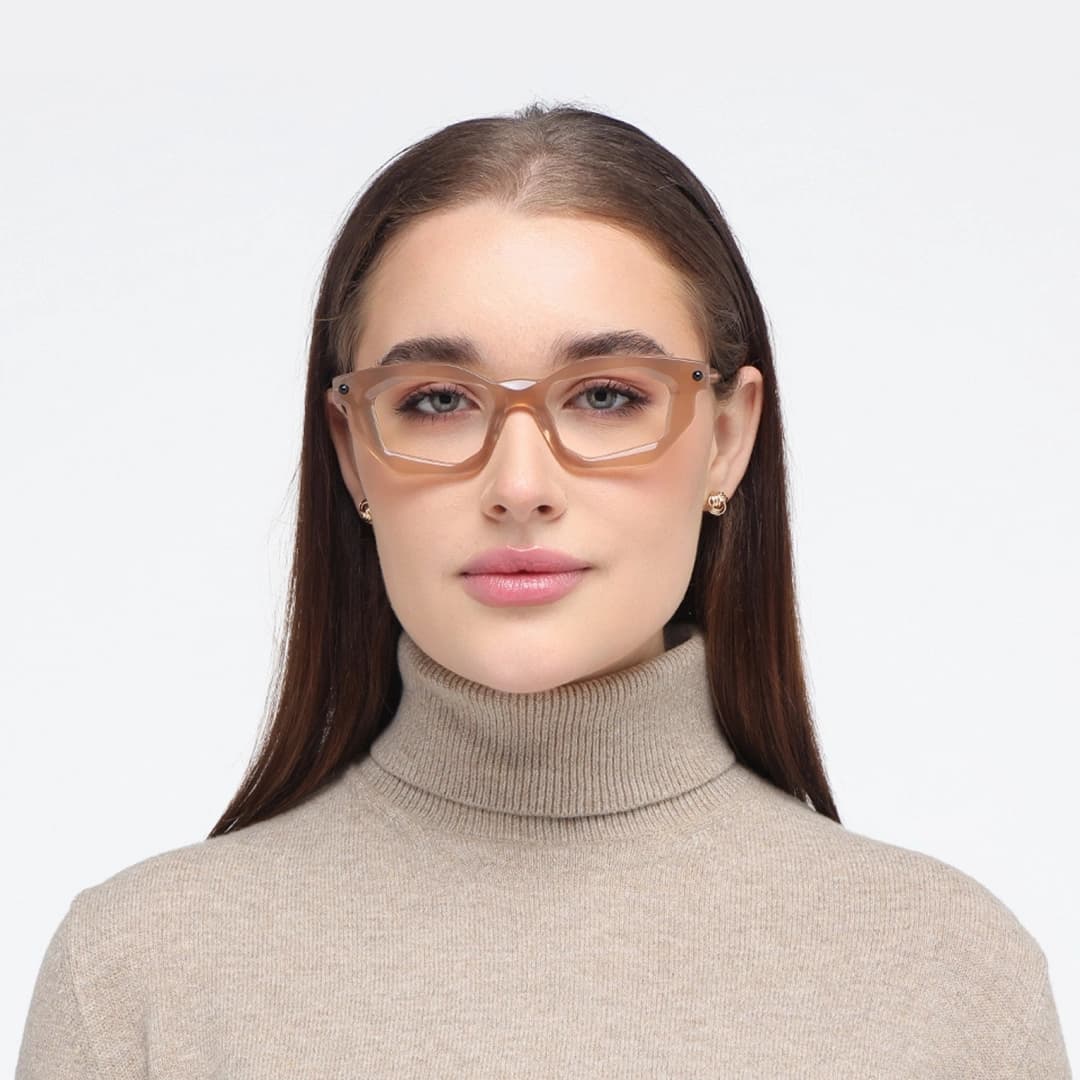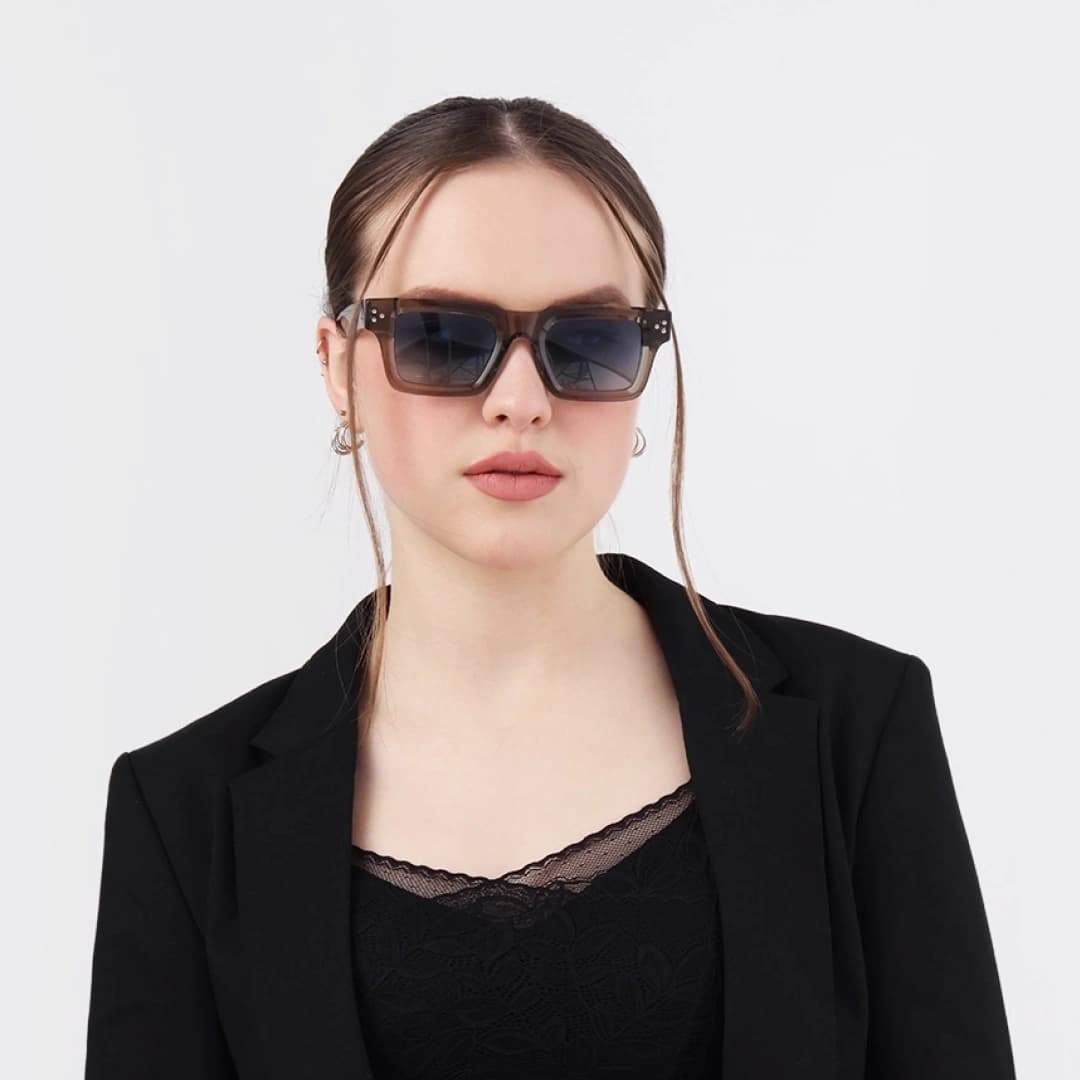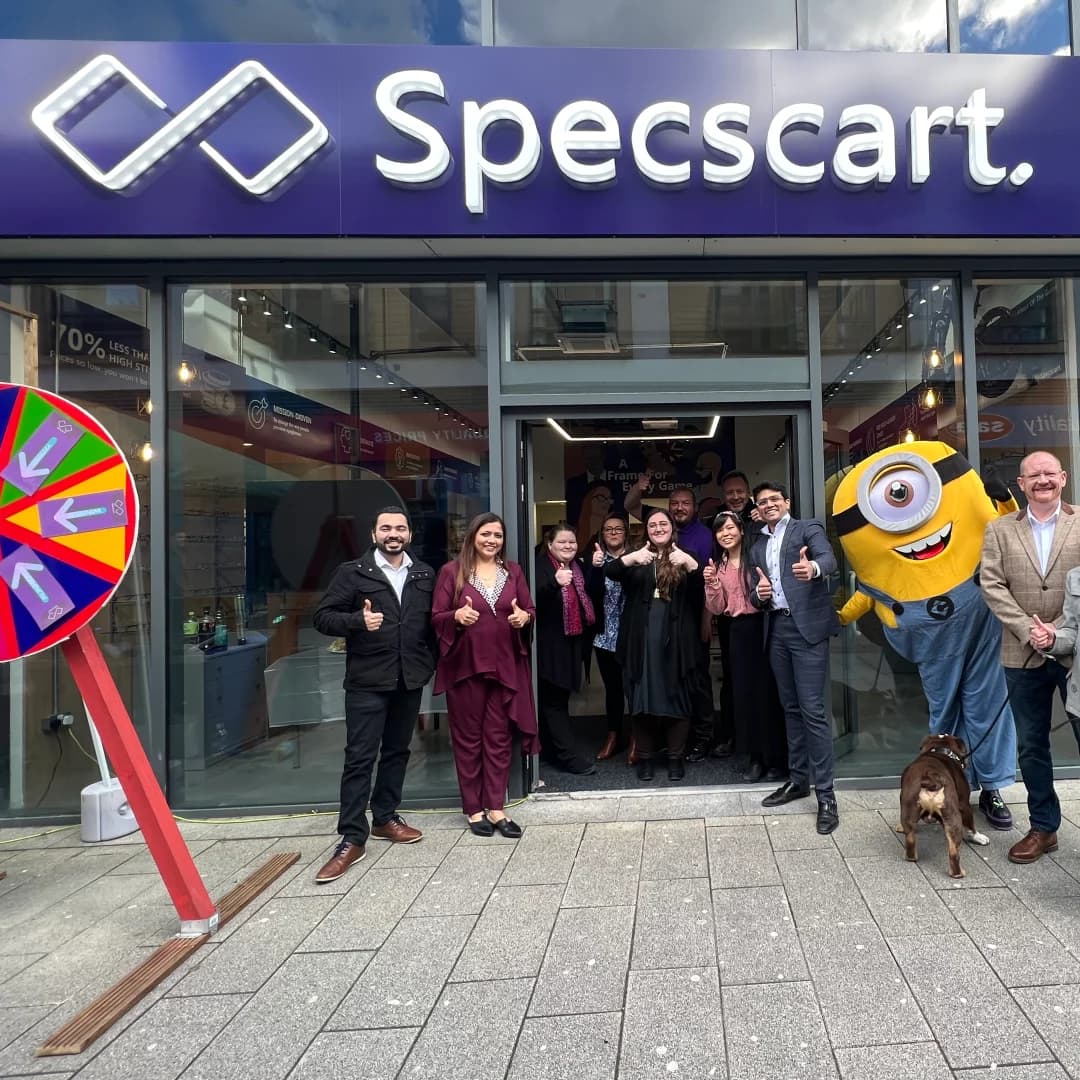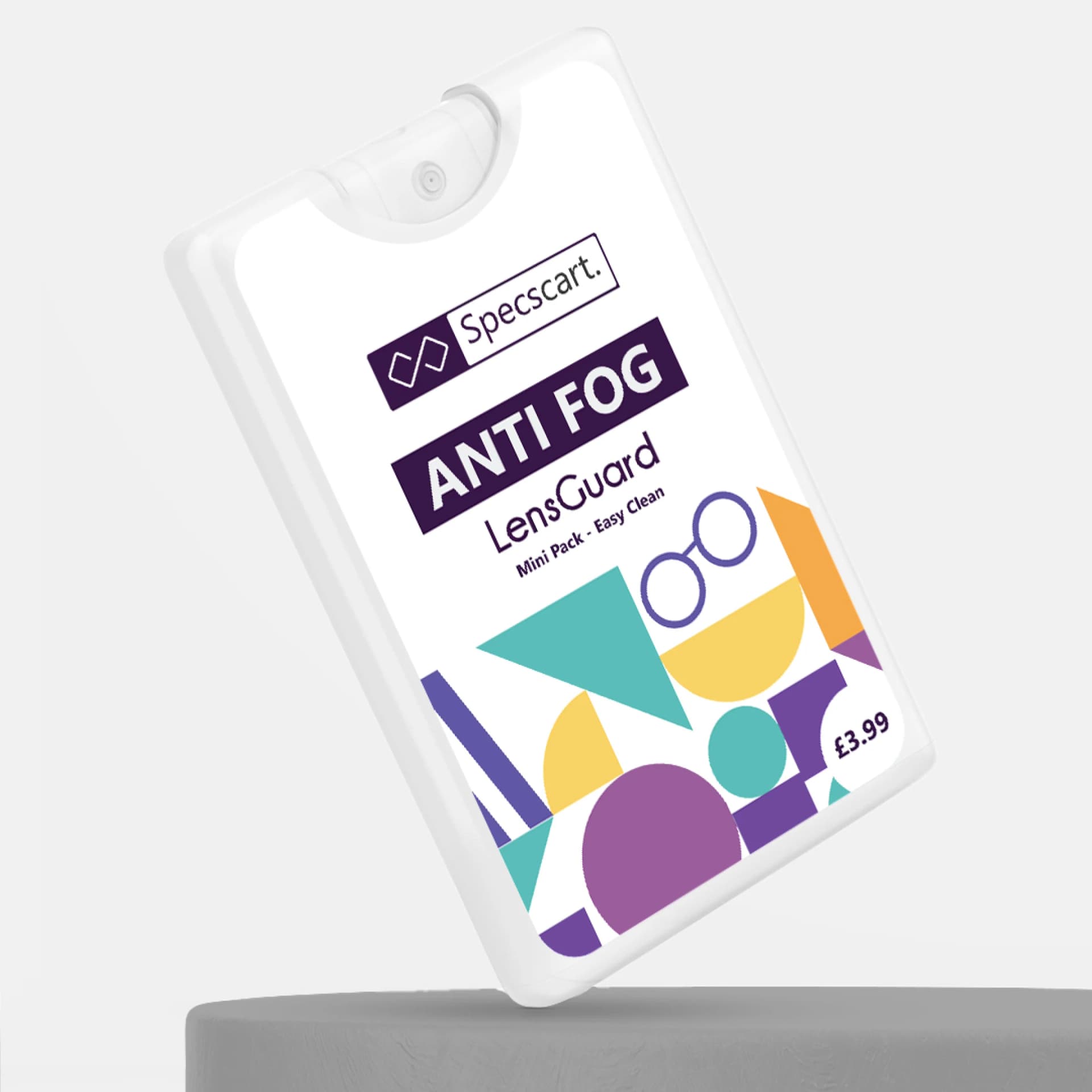What is the Difference Between Bifocal and Progressive Lenses?

Content Manager
Struggling to switch between reading glasses and your regular specs? You're not alone. As we age, many of us experience presbyopia, a condition that makes it difficult to focus on near objects. Bifocal and varifocal or progressive lenses are two common solutions, but what's the difference? In this blog post, we'll break down the key differences between bifocal and varifocal lenses, helping you make an informed decision about which option is the best for you.
Bifocal and varifocal lenses both are prescription lenses that correct your refractive vision at more than one viewing distance. Usually, people above 40 years of age start to see symptoms of presbyopia which is a common eye condition that causes gradual nearsightedness. It's a normal part of ageing that usually begins in your early to mid-40s and continues to worsen until around age 65.
What is the Difference Between Bifocal and Varifocal Lenses?
Both bifocal and varifocal lenses address presbyopia by offering multiple prescriptions in a single lens, helping you see clearly at near and far distances. However, they differ in how they achieve this:
Bifocals:
- Have two distinct visible sections. The top portion is for distance vision, and the bottom segment is magnified for near tasks like reading.
- These sections are separated by a clear line, which can be noticeable aesthetically.
- Bifocals offer a clear switch between near and far vision but lack a smooth transition for in-between distances like using a computer.
They are generally more affordable than varifocals.
Varifocals (also known as progressive lenses):
- Don't have a visible line separating the zones.
- The lens power progressively changes from top to bottom, offering a smooth transition for seeing clearly at all distances – near, far, and in-between (like using a computer).
- This provides a more natural viewing experience but may take some time to adjust to as your brain gets used to finding the correct zone for different tasks.
- Varifocals are typically more expensive than bifocals due to their more complex and advanced design.
Here's a table summarising the key differences:
| Feature | Bifocals | Varifocals (Progressive) |
|---|---|---|
| Visible Line Separation | Yes | No |
| Number of Prescriptions | Two | Multiple (gradually changing) |
| Transition Between Distances | Abrupt | Smooth |
| Cost | More Affordable | More Expensive |
| Adjustment Period | May take a couple of days | May take a couple of weeks |
Let us understand the difference between bifocal and varifocal glasses in detail:
1) Focal points
As apparent, the focal points of both bifocals and varifocals are different. On one hand, the bifocal glasses have two separate focal points in a single lens. The upper part is helpful for distance vision clarity and the lower part helps in viewing the objects nearby. This means, that the upper zone of the bifocal glasses is helpful in correcting myopia and the lower part of the lens is helpful in correcting hypermetropia. While the upper part lets you view distant objects clearly, the lower portion allows you to read, do needlework, use a smartphone, etc.
On the other hand, varifocal glasses have three different focal points, they are for distance, intermediate and near vision clarity. The upper part of the lens provides correctness for myopia and the lower part is helpful in correcting eyesight disorder of hypermetropia like the bifocal glasses. The added advantage is the middle part of the lens which provides intermediate focus, which is helpful in focusing on the objects kept a little further than arm’s length such as working on a laptop/computer, cooking, etc.
2) Comfort level
Comfort-wise, both bifocals and varifocals take some time getting used to. Bifocals have a clear advantage at first - the line between the near and far zones is easy to find, so your brain quickly learns to switch focus. However, varifocals offer a smoother transition between all distances, which can feel more natural in the long run. They might take a bit longer to adjust to as you train your brain to find the right spot in the lens for different tasks, but many people find them more comfortable overall since you don't have to constantly switch your head position to find the right zone.
3) Adjustment
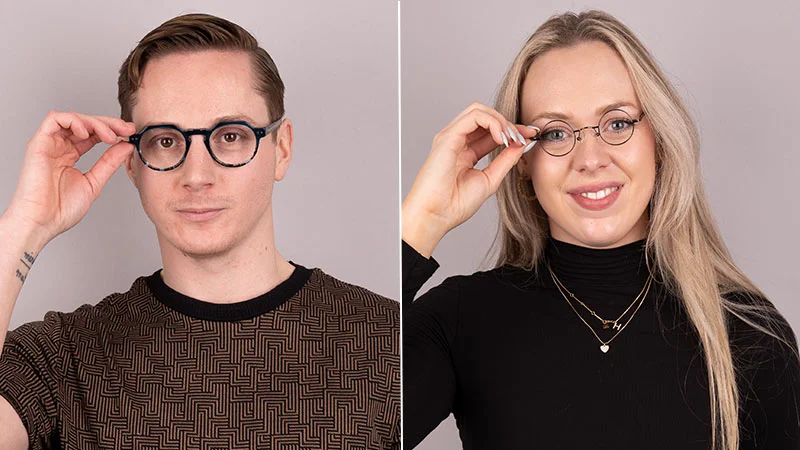
Bifocals are generally easier to adjust to at first. The clear line between the near and far zones acts like a guide, so your brain quickly learns to tilt your head slightly to find the right spot for seeing far or near. Varifocals, on the other hand, take more time to adapt to because there's no line. Your brain needs to learn a new way to find the correct zone in the lens for different distances. This can feel a bit confusing at first, but with some practice, most people find varifocals easier and a better choice in the long run since you don't have to constantly switch head positions between near and far tasks.
5) Cost-effectiveness
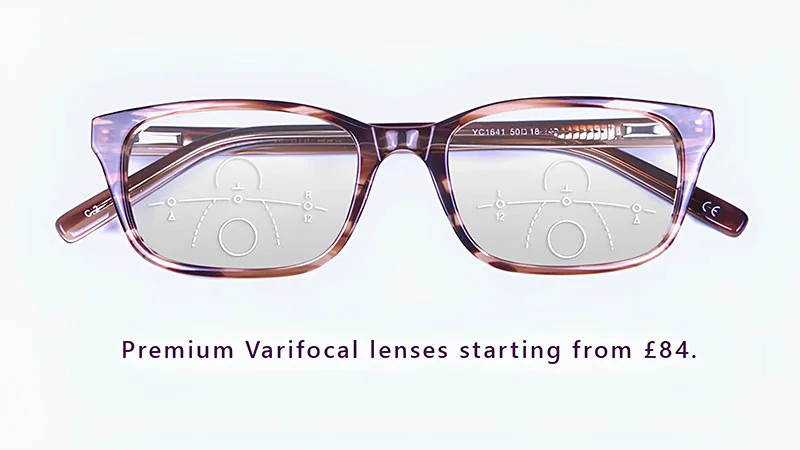
When it comes to your wallet, bifocals are the clear winner. They use a simpler design with just two zones, making them a more budget-friendly option. Varifocals, with their fancy multi-zone design that smoothly transitions between distances, come at a higher price tag. While the initial cost of varifocals might sting a bit more, some people find them a worthwhile investment in the long run. They eliminate the need for separate reading glasses and offer a wider range of clear vision, potentially saving you money in the future.
Watch this video below to learn all about varifocal lenses in detail. We have covered everything, ranging from what varifocal lenses are to how they work, to even which varifocal lenses you should buy.
5) Design
The design of bifocals and varifocals is the key difference between them. Bifocals are like having two windows in one lens. The top part is a large window for seeing far, and the bottom is a smaller one magnified for reading. These zones are clearly separated by a visible line. Varifocals, on the other hand, remove the line altogether. They're more like a special effects window that smoothly changes its power from top to bottom. This lets you see clearly at all distances without needing to switch between zones.
In Summary
In most cases, varifocals or progressive lenses come out as a better choice. Bifocals have a slight advantage in terms of cost, but the difference is not that evident. When you compare it to the long-term benefits of varifocal lenses, it’s worth spending the extra amount. At Specscart, you get a range of advanced varifocal lenses completely customised for your specific vision needs. You can select any of our three premium varifocals depending on your need and vision. For more information, feel free to reach out to our customer support team.
Unlock a £10 gift voucher instantly when you follow us. Just hit us up over DM and we will reply back with an exclusive code.
Caution: You may become style obsessed
Your way finder
2000+ Trendy Styles

Fashion Forward Sunnies




















